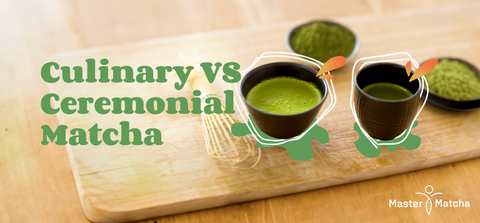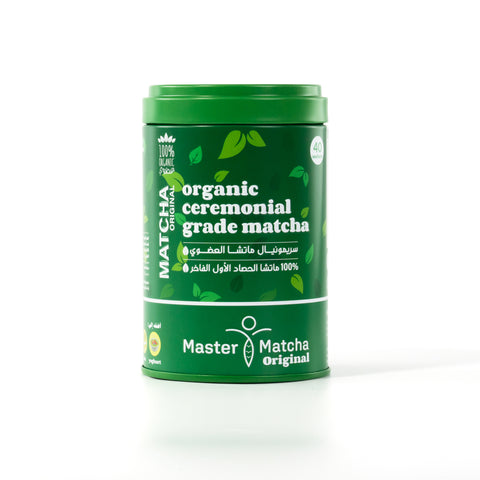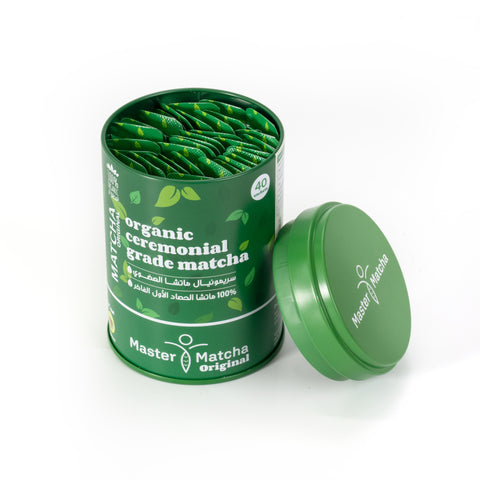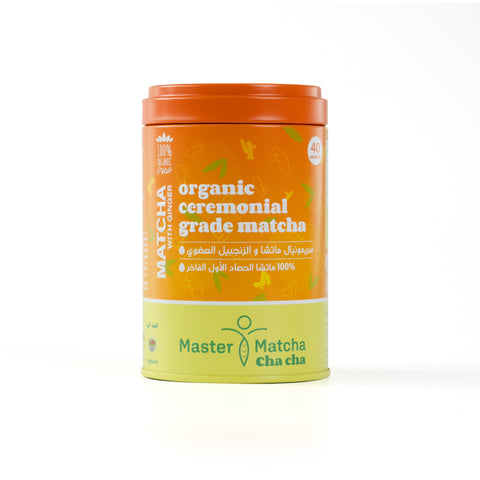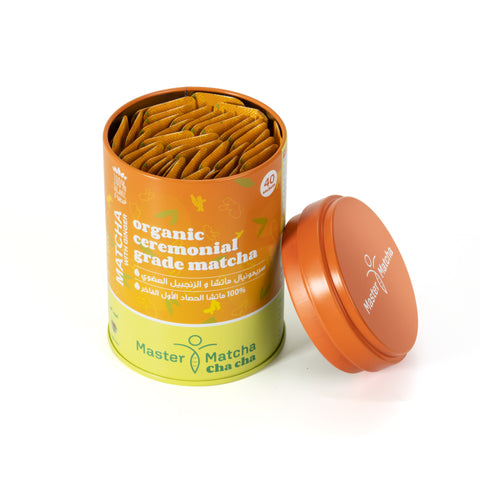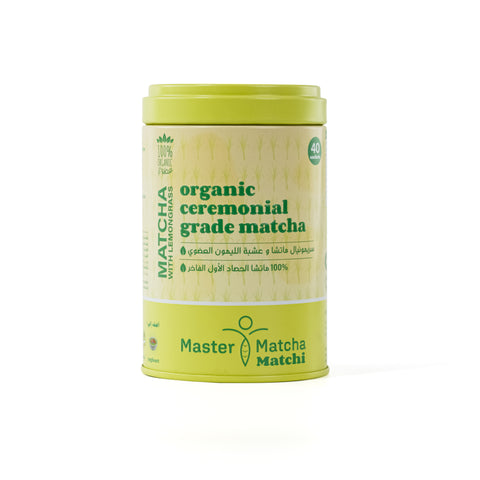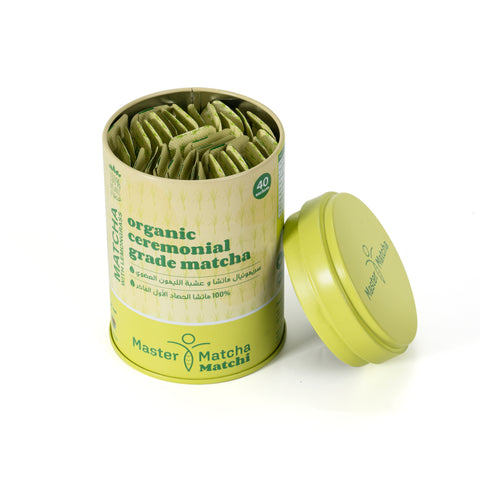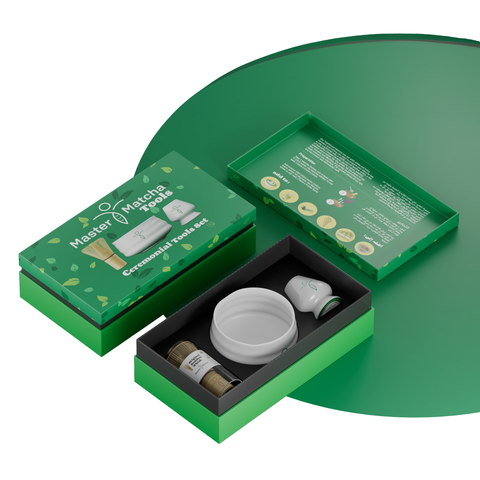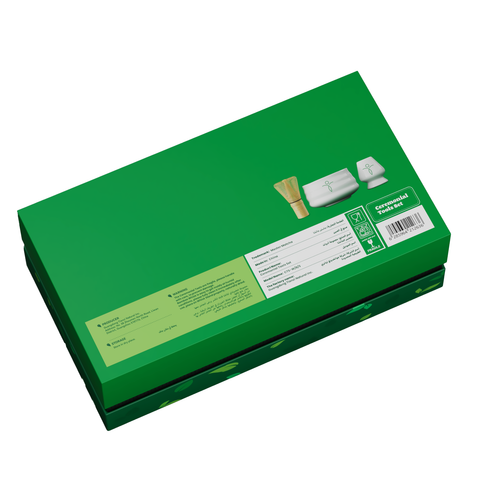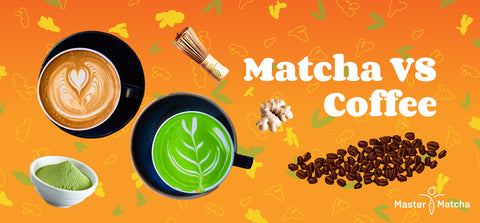
These two types of matcha cater to different uses and preferences, and their main differences lie in their cultivation, processing methods, taste, and price.
-
Ceremonial Grade Matcha: This is the top-of-the-line, the 'grand cru' of matcha. The leaves for ceremonial grade matcha are usually harvested during the first picking of the year, using only the youngest, most tender tea leaves. This type of matcha is meant for traditional preparation where it's simply whisked with hot water.
-
Culinary Grade Matcha: Though still high-quality, culinary grade matcha is sourced from slightly older tea leaves, harvested after the first picking of the year. This matcha is perfect for recipes and is able to withstand being combined with other ingredients without losing its flavor.
-
Taste and Texture: Ceremonial grade is characterized by its refined, umami-rich flavor and smooth texture, whereas culinary grade tends to have a more robust, slightly astringent flavor that stands up well in recipes.
-
Price: As you may have guessed, the meticulous care and handling involved in producing ceremonial grade matcha make it more expensive than its culinary counterpart. But whichever type you choose, remember – a good matcha is always worth its price.
The world of matcha is diverse, nuanced, and tailored to cater to different palates and purposes. Whether it's the carefully harvested and exquisite-tasting ceremonial grade matcha you're whisking into a traditional tea, or the robust and versatile culinary grade matcha elevating your cooking and baking, there's a place for both in your kitchen. The choice boils down to your personal preference, usage, and budget. Remember, the secret to getting the most from this green superfood lies in its quality. So, invest in good matcha, because its benefits to your taste buds and overall health are indeed worth the price.

